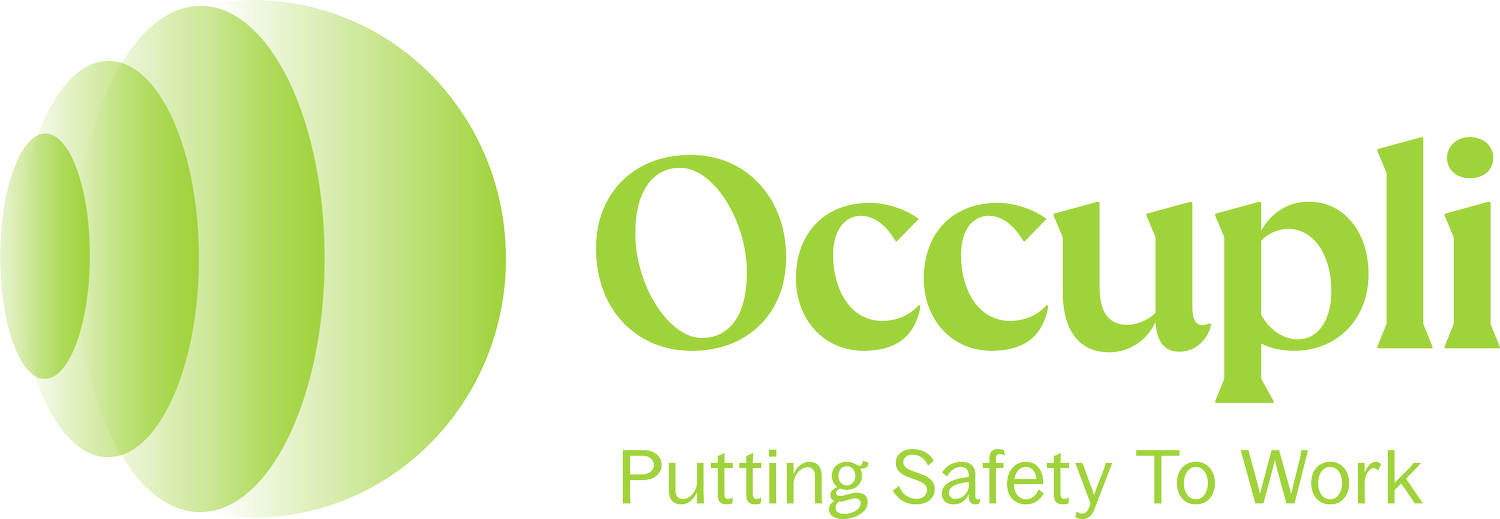All organisations understand the importance of compliance training for their employees and contractors. However, more often than not gaps develop within this training. These gaps can be immediately visible or fester and lead to a larger issue. Organisations need to be quick to act when they are identified and ensure to put procedures in place for their prevention. If these gaps are not addressed, it can prove detrimental to an organisation. The question is, how do we identify and extinguish the not so obvious gaps in our compliance training? Can we avoid outsourcing a costly training needs analysis specialist? The answer is YES - of course we can. This article will take you through some cost effective, useful and easy methods to identify and help bridge the gaps in your compliance training.
Employee/Contractor Assessments
A straightforward method to identify gaps would be to simply assess your employees and contractors to discover their level of knowledge when it comes to their compliance training. Making training courses interactive, clear and concise ensures that employees and contractors who complete these courses are engaged throughout. Maintaining employee engagement can ensure there is a better understanding of the compliance material and that what is learned is also being retained. Therefore, assessing your employees/contractors on what they have learned discloses where they are struggling in terms of their learning. From this, we can then offer supplementary learning and support. We can continue to monitor their assessment and knowledge levels, therefore assisting to bridge the gaps in compliance training.
Learning Management System (LMS) Metrics
A large proportion of training, inductions and record/document management is now complete online with the use of effective learning management systems (LMS). How can organisations leverage their systems to help bridge the gaps in our compliance training? The answer is to zone in on our metrics in our LMS reporting. If management know where to keep their focus when viewing the metrics within their LMS reporting we can quickly see where gaps may be appearing. For example, something as simple as a weekly monitoring of completion rates in the compliance training. From this allowing you to identify underperforming training materials within your courses. The beauty of monitoring these metrics is that it allows you directly follow up with employees/contractors and work with them to encourage and enhance their learning of compliance training.
Open Surveys
Open surveys which are non-anonymous surveys, meaning the identity of the employee/contractor submitting their answers for the survey is known (please note, you need to declare that surveys are open and not anonymous before the employee/contractor completes the questions) are another useful method to assist in bridging the gaps in compliance training. Open surveys offer direct feedback from your employees and contractors. You can issue them to all levels and teams within your organisation, even remote and onsite staff. The open surveys allow you to control and identify the gaps with more comprehension. The reports from the surveys can offer clarity for certain areas within your compliance training. For example, employees/contractors may not fully understand procedure’s like how to fill in an accident report form, or the proper manner to conduct themselves during a fire drill. From the open surveys you can then follow up directly with employees, or report to their superiors and allow them to decide the best course of action to support and supplement their learning in terms of compliance.
In order for organisations to help deplete the number of gaps in their compliance training, they need to dig deeper and focus on the less visible indicators. They need to make use of assessments, metrics and surveys to assist them. Identifying where employees/contractors require extra support for training is paramount to helping bridge the gaps in compliance training. This can therefore help to mitigate workplace risks. For more information on mitigating workplace risks, effective learning management systems and EHS training please contact us today!
